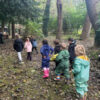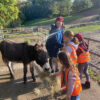
The long school summer holidays are lovely for so many reasons; particularly because you and your children have a break from the school routine. There is time to relax and be less governed by the clock. However, unfortunately most working parents don’t get six weeks off, so finding childcare can be difficult.
Even if you are lucky enough not to actually ‘need’ childcare, children (and parents!) may enjoy some time apart. Children often miss not spending time with people their own age during the holidays; hence the dreaded
“I’m bored” phrase being uttered!
Many parents find holiday clubs or play schemes are the answer. They are very flexible so you can book them for the whole of the working week, or just a couple of days each week, depending on your needs. Most run for similar times to the working day with some time either side to allow you to get to and from work.
They are normally based at schools or leisure centres in the area, as they already have the facilities needed on site and are easily accessible. Some clubs are based around a particular sport or hobby whilst others allow children to do lots of different activities. You may find that due to the better weather in the summer holidays, some are also based at locations that allow children to have fun outside or in the water – but obviously there will always have to be a plan B in case of horrendous weather!
There is a variety of clubs to choose from; some may offer the chance to try lots of different sports and hobbies during the week, whilst others will concentrate on something specific such as drama, football, netball or trampolining. Children may want to enhance the skills they already have in a sport or hobby, or it can be a chance to try something completely new. Younger children may enjoy a variety of sports and crafts during the week, and you may even find one in particular that sparks a new interest that they want to continue, after the summer.
The summer is obviously the best time to try watersports for the first time. Children can learn to windsurf, kayak, sail, or paddle board. If children can learn a new skill it can really increase their self-esteem and confidence, and there can’t be many better things to enjoy in the sun than the thrill of learning a new watersport.
It can be hard to find ways to keep children active and occupied during the summer holidays, whether you are a working parent or not. At holiday clubs children will engage in physical activity and there will virtually be no time in front of screens. Children will be able to participate in a wider variety of activities that they may not normally have access to.
Children who have had friendship problems at school, have a chance to start afresh in a holiday club. They will be with children their own age and they have the chance to make new friends and socialise with children they may not necessarily go to school with. They are likely to increase in confidence as they make new friends, and this can continue when they go back to school as they will undoubtedly be more confident socially.
In addition to the social benefits, children will also learn new skills. Clubs may offer the chance to try things that children have never had opportunity to try before such as handball, trampolining or even archery and they will leave with a positive feeling of accomplishment.
Finally, clubs also provide peace of mind for parents as they know their children are enjoying themselves in a safe environment. As children come to the end of their primary school age they may want to be out by themselves a little bit more, and meet their friends in the park for example, but while they are in a holiday club you know they are safe, happy and having fun.
This summer, more than ever, the most important thing is that children have fun; it is their holiday from school after all! This last year has been stressful for everyone and children have had their own stresses at school, with constant talk of them being ‘behind’ and the need to ‘catch up’. They need this summer to have fun, relax and create new memories, whether that is playing football with new-found friends, rehearsing, and putting on a play, sitting down enjoying some crafts, or learning to paddle board.
There is always great demand for holiday childcare particularly as last year’s summer was so uncertain, so do book your childcare as soon as you can and then relax and enjoy the holidays!


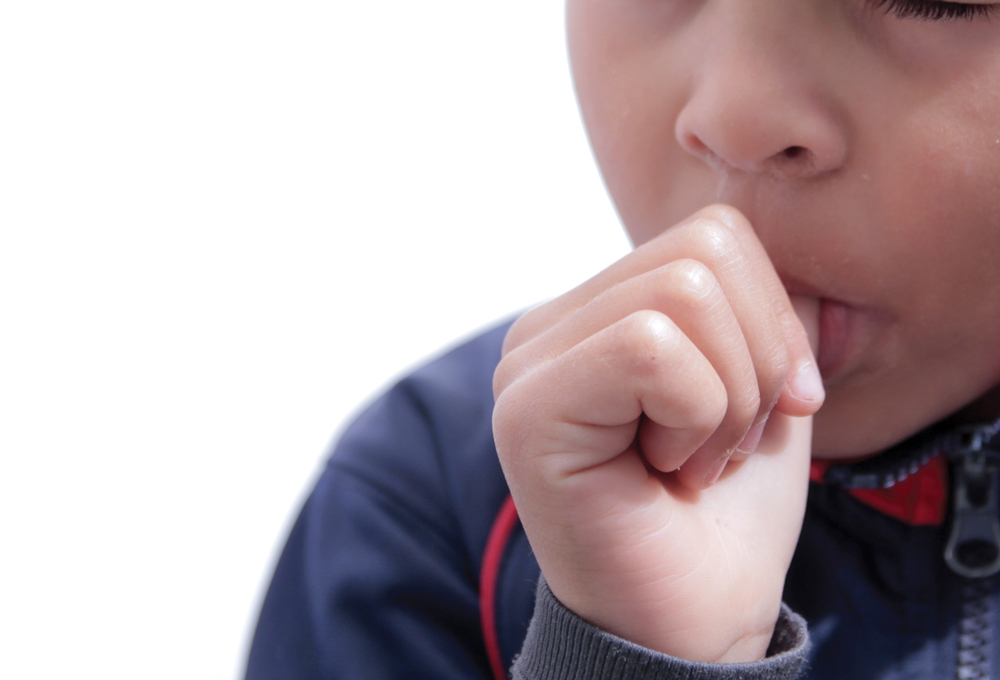
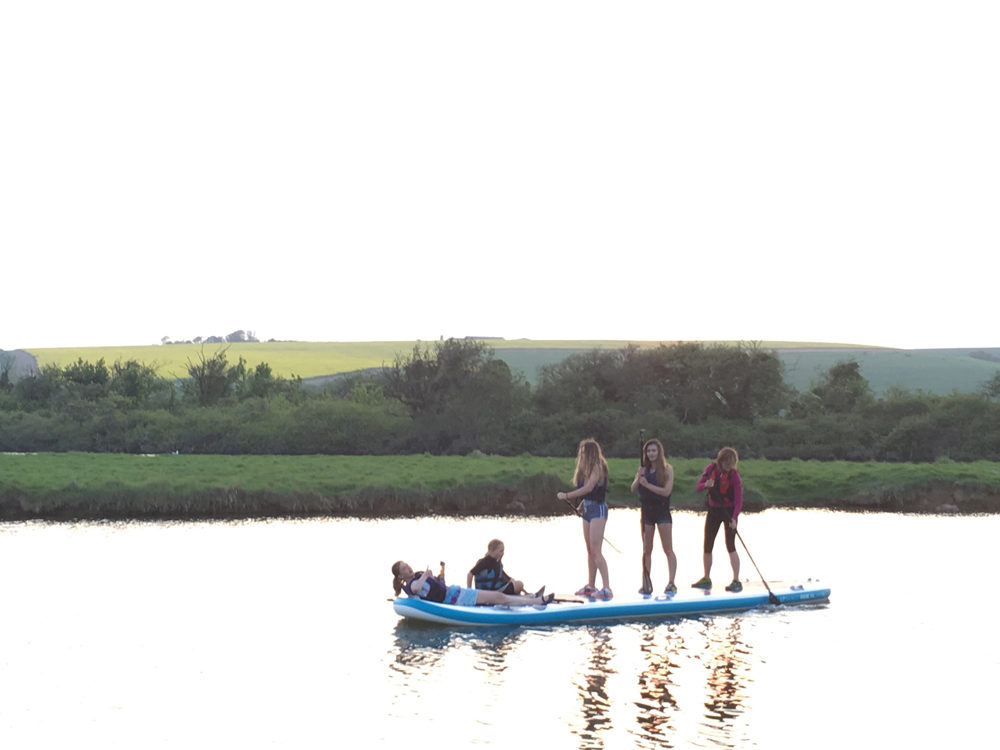
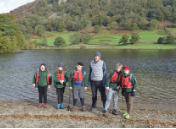 To help more young people benefit from the transformational power of travel and adventure, YHA has launched a campaign – The Adventure Effect. It hopes the campaign will inspire young people and their families to get outdoors.
To help more young people benefit from the transformational power of travel and adventure, YHA has launched a campaign – The Adventure Effect. It hopes the campaign will inspire young people and their families to get outdoors.



 Alternative social interaction
Alternative social interaction